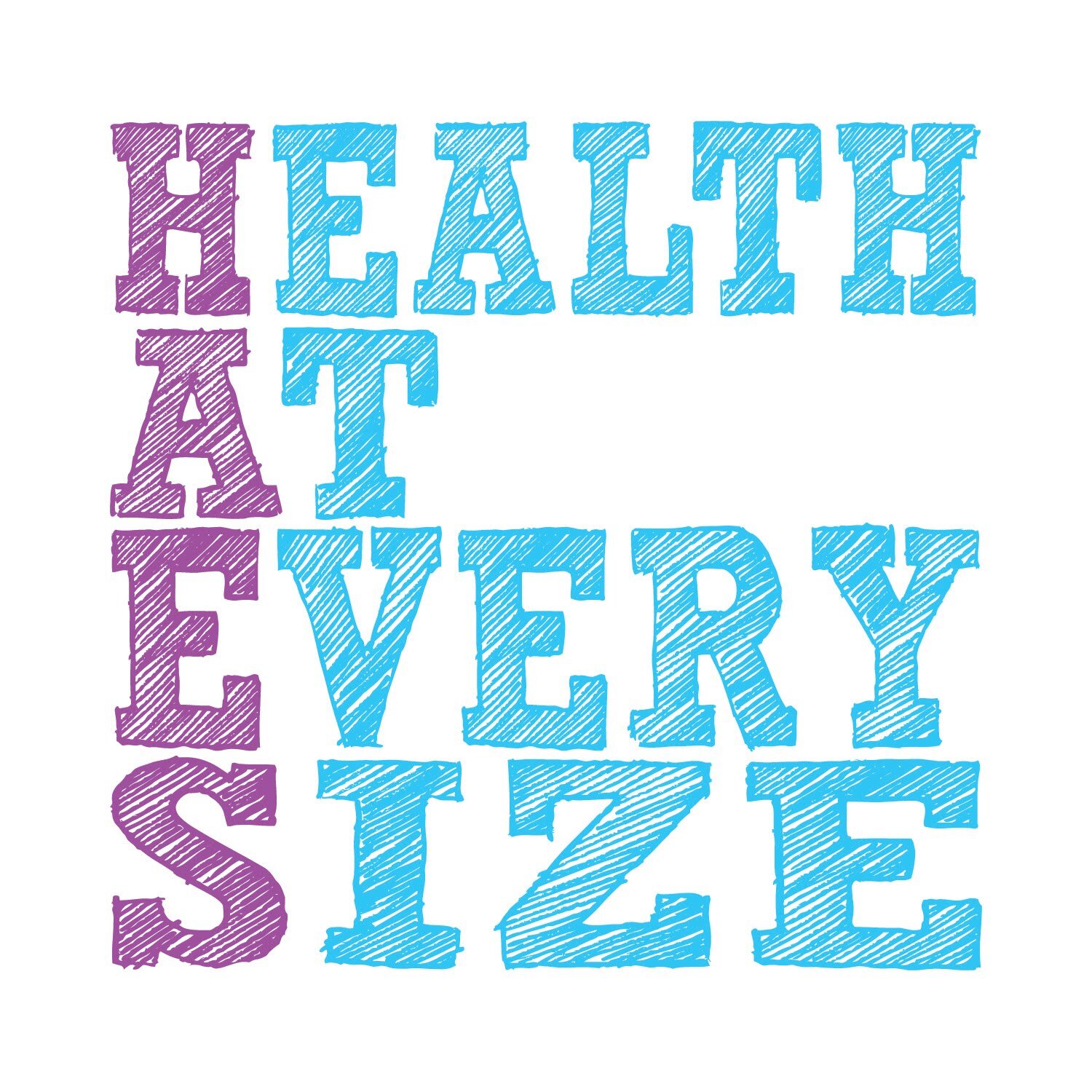It's time for another Muscle of the Month! If you have't been around long, be sure to check out our previous months's muscles for some new exercises and stretches to try.
Each month, we give you a muscle to train and give you a new exercise and stretch every week during the month. Please ask the MOG staff for help if you are unsure how to perform an exercise!
June's Muscle of the Month is the muscles of the shoulder, specifically muscles of the rotator cuff.
The muscles of the rotator cuf are a group of tendons and muscles in the shoulder connecting the upper arm to the shoulder blade. These muscles provide stability to the shoulder and allow the shoulder to rotate and have a wide range of motion.
- Subscapularis: the main internal rotator and the largest and strongest muscle of the rotator cuff. This muscle medially rotates the arm and stabilizes the glenohumeral.
- Supraspinatus: this muscles flexes the arem and aids in abduction of the shoulder.
- Infraspinatus: one of the main external rotators of the shoulder while the arm is in the neutral position.
- Teres Minor: another external rotator that also weakly adducts the shoulder.




